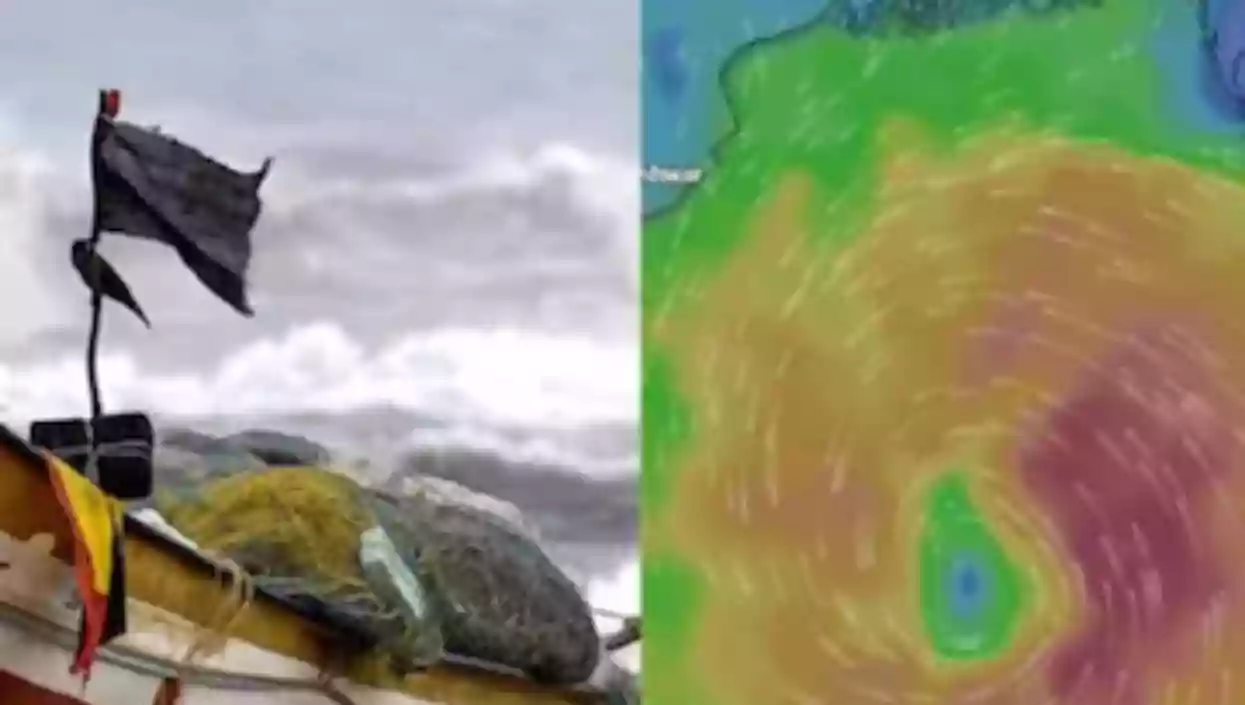Jammu and Kashmir hit by 5.8 magnitude earthquake, no casualties reported
.gif)
.gif)

As winter settles across India, the Indian Meteorological Department (IMD) has issued a new cyclone alert for the Bay of Bengal. The alert comes amidst sporadic rainfall and lightning in several parts of the country. The cyclone, expected to form over the Andaman Sea, could intensify into a full-fledged storm by November 22-23. This storm has been named Fengal, as proposed by Saudi Arabia, and will be pronounced ‘Feenjal.’
The Bay of Bengal becomes particularly active during the northeast monsoon season, with storm activity usually peaking in November. Despite the seasonal expectation, the 2024 cyclone season had been relatively quiet until now, with the first major storm being Cyclone Dana, which struck in October. Cyclone Dana, a Category 1 storm, caused significant damage when it made landfall near Dhamra Port, Odisha, on October 24-25.
Now, the IMD has alerted the public about Cyclone Fengal. The storm is expected to form over the southern Andaman Sea near the Andaman and Nicobar Islands around November 21. As per the IMD forecast, this system is likely to intensify over the next few days and will form into a low-pressure area by November 23. The storm’s trajectory suggests that it will move westward and north-westward, making landfall in northern Sri Lanka around November 26-27.
Cyclone Fengal’s projected landfall in Sri Lanka marks a deviation from the typical cyclone path in the Bay of Bengal. Cyclones during this season usually head toward northern Andhra Pradesh, Odisha, or West Bengal. However, the current forecast indicates that Sri Lanka may bear the brunt of its impact, leading to potential widespread disruption in the region.
Despite this early warning, the IMD has emphasized that it is too soon to provide a definitive prediction on the cyclone’s track or intensity. The storm’s movement over the coming days will help meteorologists determine whether it will develop into a more powerful cyclone or remain a less intense system.
As this cyclone develops, it’s essential for residents of the Andaman and Nicobar Islands, as well as those in Sri Lanka’s path, to stay updated with the latest weather warnings and advisories. The IMD’s continuous monitoring and updates will guide the response and preparedness measures to minimize damage.